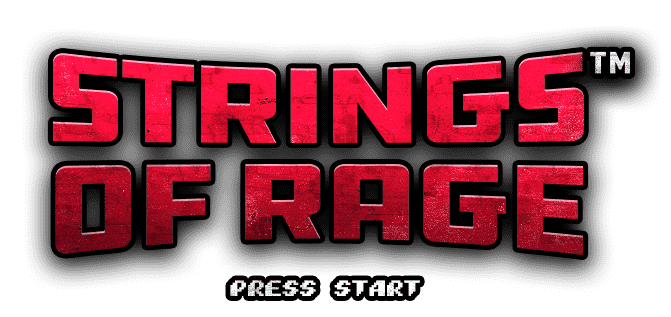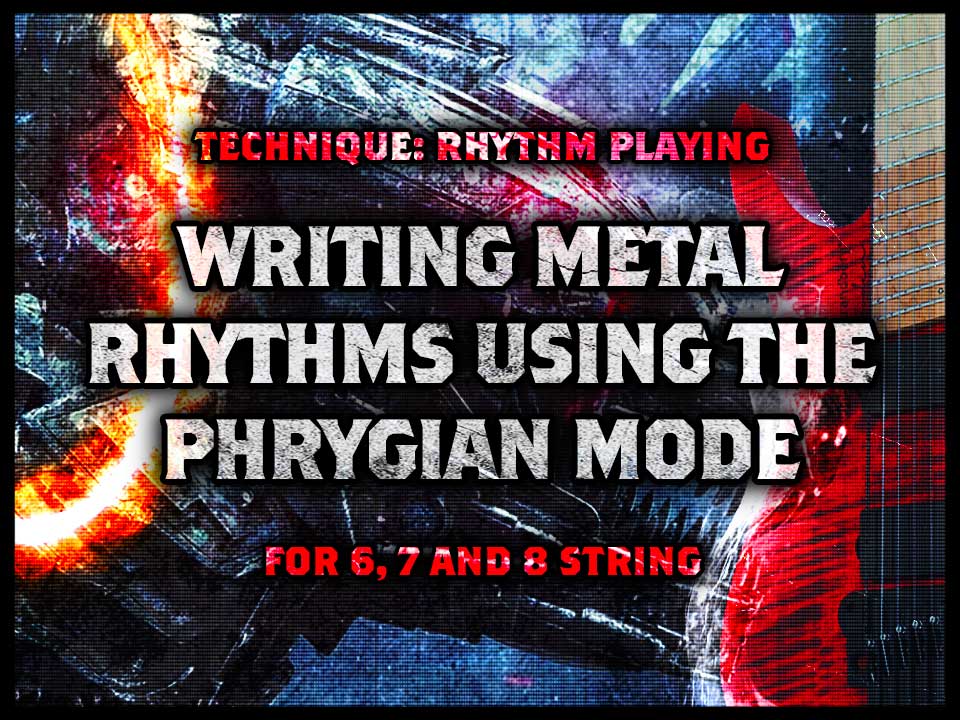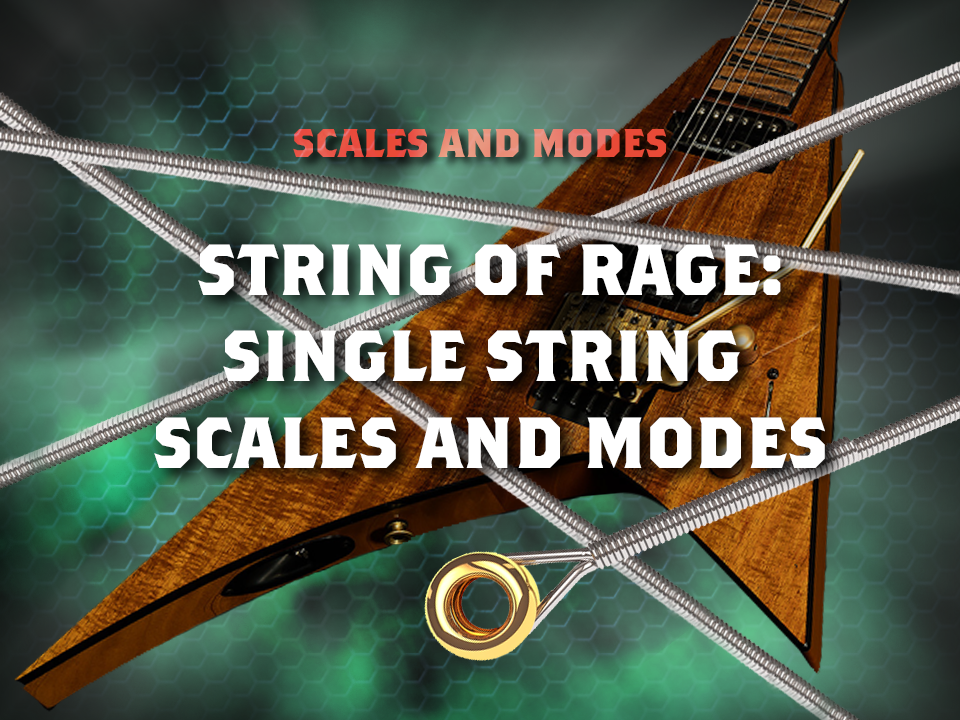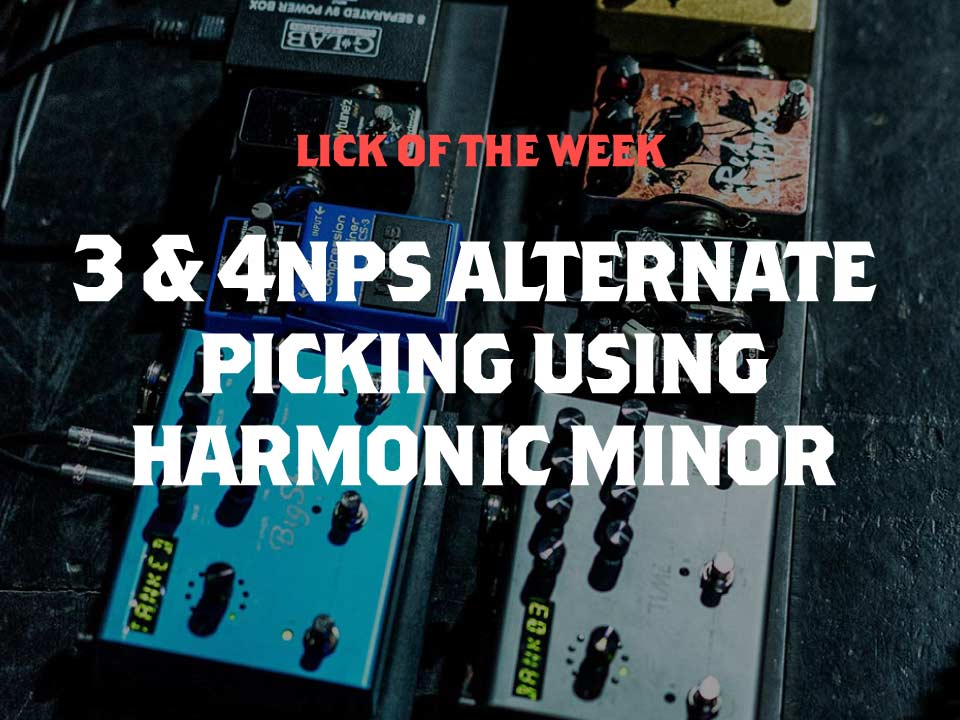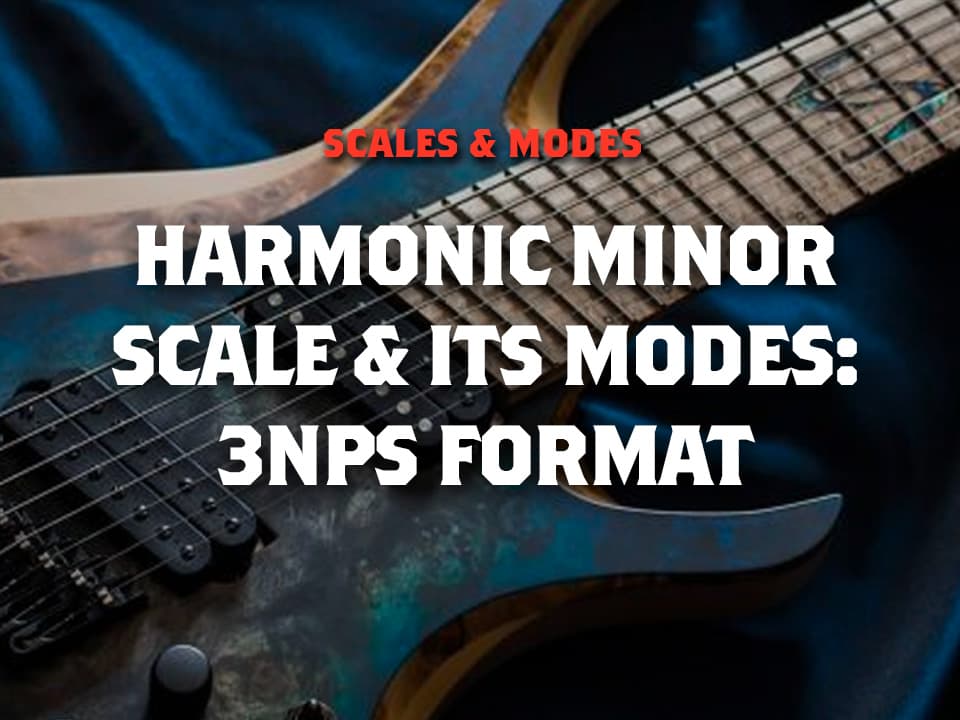In this lesson we’re going to look at how to use the Phrygian mode to create a metal rhythm part. We’ll look at how to play the mode on 6, 7 and 8 string guitars.
Continue ReadingToday we’re going to look at a quick warm up exercise. This one combines a descending sweep arpeggio with an ascending picking run. This is a great way to warmp up both hands.
Continue ReadingIn this episode we’re going to look at the Melodic minor scale and its Modes. We’re using standard 8 string tuning: F#, B, E, A, D, G, B, E. Each mode pattern will be 3 notes per string.
Like the Harmonic minor scale the Melodic minor scale is a based on the Aeolian mode. The Aeolian mode, or Natural minor scale is the 6th mode of the Major scale. By raising both the 6th and 7th notes of the minor scale we get Melodic minor. You may also see this scale referred to as Jazz Minor. Let’s take a look at Melodic minor for 8 string guitar:
Continue ReadingIn this lesson we’re going to look at Harmonic minor for 8 string guitar and its Modes. We’re using standard tuning: F#, B, E, A, D, G, B, E. Each mode pattern will be 3 notes per string.
Before looking at Harmonic minor for 8 string, first we need to understand the difference between the Natural minor Scale and the Harmonic minor Scale. Natural minor, or just minor, is the 6th mode of the Major scale, also called the Aeolian Mode. In order to get the Harmonic minor scale we need to raise the pitch of the 7th note by a semi-tone.
Continue ReadingUnderstanding the differences between the scales and modes can feel like a daunting task. What makes a scale Major or Minor? Why do we get different chords from different scales? Understanding the intervals which make up each scale or mode can help. One way to do this is to learn the scales across a single string so that you can more easily see the distances between notes.
In this post we’re going to look at 11 different scales/modes, all starting from the root note A. We’ll play these single string scales on the A string to keep things simple. Moving these patterns to other strings will give you different key centers as will moving the patterns up the fretboard. We’ll start by looking at all twelve intervals in relation to the note A:
Continue ReadingThis is an interesting concept I’d like to demonstrate for creative songwriting. We’re going to look at writing a progression that changes key but remains in the same mode.
In this lesson we’re going to take full advantage of the beautiful lydian mode to write a mysterious chord progression that employs a key change. The really clever thing about how this works is that it uses the idea of pitch axis.
Continue ReadingThis week we’re going to look at a rippin’ alternate picking lick that switches between 4 and 3 fingers per string. We’re going to be using sequences of sevens and fives to play through this lick in octaves across all 6 strings. In this alternate picking lick we will be utilising the Harmonic Minor scale
Typically an alternate picking sequence of 5’s or 7’s will be using a 3 finger shape, however because we are switching between 3 and 4 fingers per string, a sequence of 7’s now becomes a 4 finger shape. You’ll notice that when you start over on the next octave you begin again with your pinky. The really unique thing about this lick is that the sequences start at opposite ends, this makes for an unconventional sound to a picking lick.
Read moreIn this lesson we’re going to look at the basic 3nps forms of the Harmonic minor modes. We’ll aim to identify what makes these modes unique so we are able to use them in our playing.
Similar to how the modes of the major scale refer back to the major scale as a point of reference, the harmonic minor modes refer back to the major scale modes too.
Continue Reading